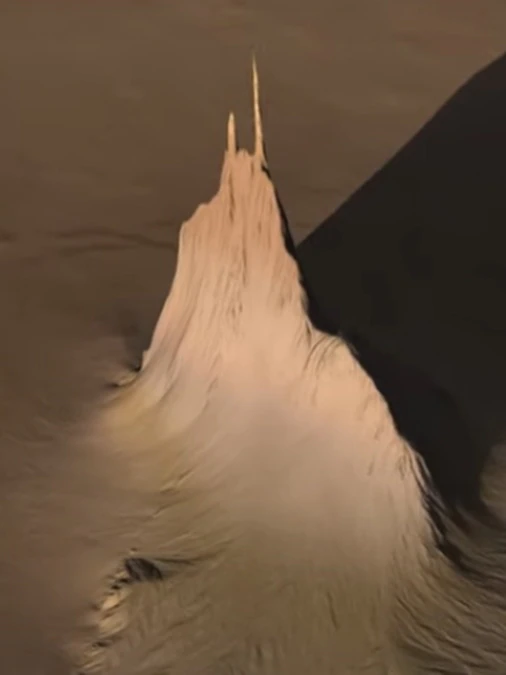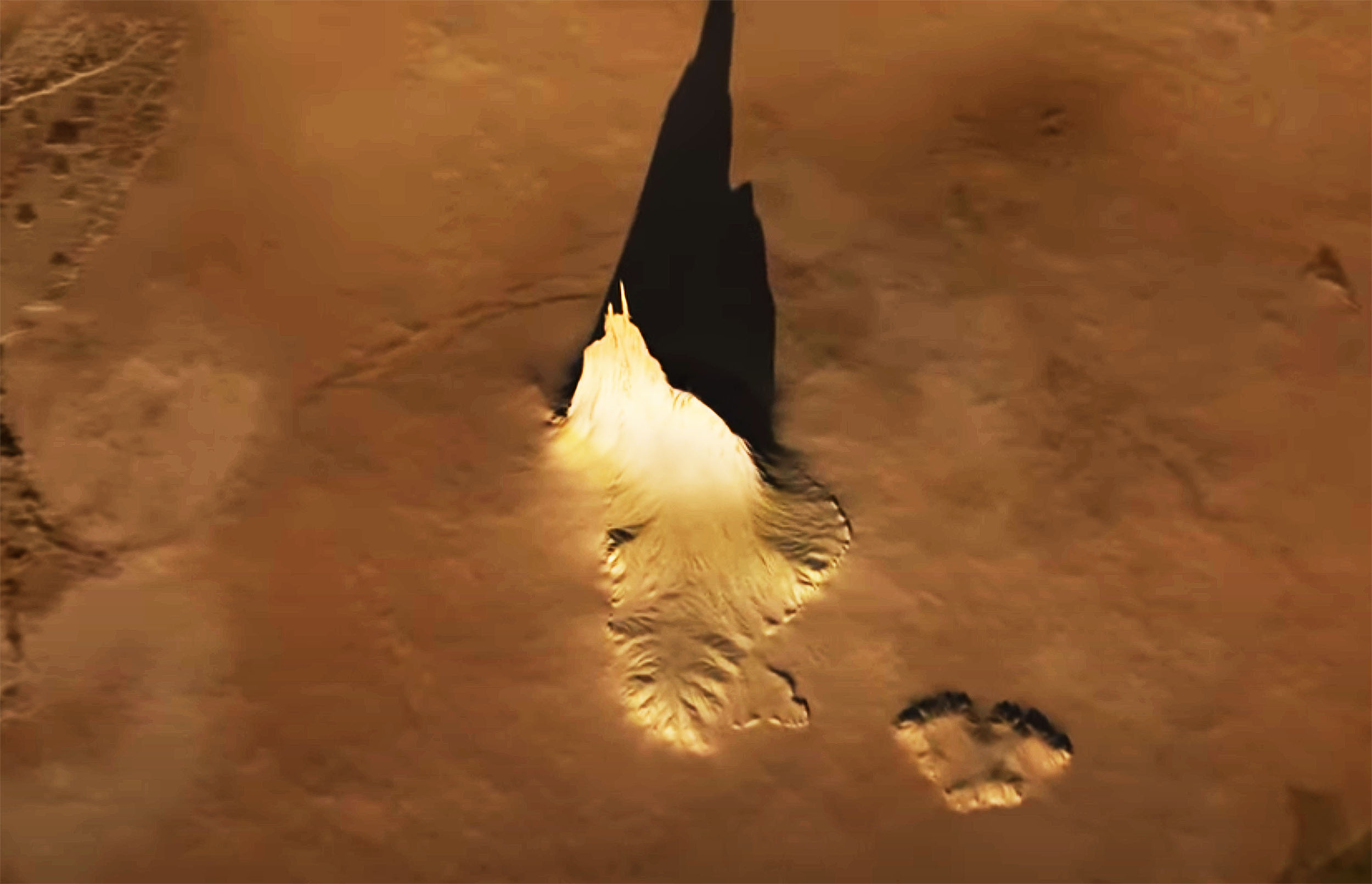The Juno spacecraft, NASA’s deep-space explorer of Jupiter and its moons, has once again delivered breathtaking images from the outer solar system. This time, the spacecraft’s cameras captured a majestic mountain on Io, one of Jupiter’s largest and most fascinating moons. The image offers a rare, close-up look at Io’s rugged and otherworldly terrain—a place where volcanoes constantly reshape the surface, and alien landscapes tower under the shadow of the gas giant.
Io is no ordinary moon. It is the most volcanically active body in the entire solar system, with lava lakes, erupting geysers of molten rock, and towering peaks shaped by extreme geological activity. Unlike the craters seen on most moons, Io’s surface is constantly being refreshed by lava flows that reshape the landscape, making it look more like a burning inferno than a typical celestial body.
The mountain captured by Juno’s recent flyby is a stunning example of how dramatic Io’s landscape truly is. Rising high above the chaotic terrain, this peak stands as a testament to the powerful forces at work deep inside the moon. Scientists believe Io’s mountains form due to the intense gravitational interactions with Jupiter and its other moons, causing the surface to buckle, crack, and rise into jagged peaks.
NASA’s Juno spacecraft, which has been orbiting Jupiter since 2016, is on a mission to study the planet and its moons up close. While the spacecraft was originally designed to analyze Jupiter’s atmosphere, magnetic field, and internal structure, it has since provided stunning images of Io, Europa, Ganymede, and Callisto, offering unprecedented views of these distant worlds.
During its latest flyby, Juno came within just a few thousand kilometers of Io’s surface, allowing its instruments to capture detailed images of the towering mountain, as well as evidence of active lava flows and volcanic plumes. Scientists are eager to analyze this data, as Io’s extreme environment could help us better understand planetary geology and volcanic activity beyond Earth.
Looking at this newly captured image, one can’t help but imagine what it would be like to stand on Io’s surface. Unlike Earth’s mountains, which are shaped by plate tectonics and erosion, Io’s peaks are formed through intense pressure from below. The airless sky above would offer a stunning view of Jupiter, looming 400,000 kilometers away, while volcanic eruptions send plumes of sulfur and lava miles into the sky.
This moon is so extreme that scientists believe its lava can reach temperatures hotter than any volcanic eruption on Earth. Yet, despite its infernal nature, Io remains an incredible target for exploration, offering clues about planetary evolution and even the possibility of subsurface activity that could harbor the building blocks of life.

Juno will continue observing Io in upcoming flybys, capturing even more data on its volcanoes, mountains, and surface composition. Meanwhile, future missions, such as NASA’s Europa Clipper and the European Space Agency’s JUICE mission, will explore Jupiter’s icy moons, searching for signs of life beneath their frozen crusts.
Though humans may never set foot on Io due to its extreme radiation levels and volcanic dangers, spacecraft like Juno allow us to experience its beauty from millions of miles away. Every new image brings us one step closer to understanding the most extreme worlds in our solar system—and perhaps, one day, beyond.






